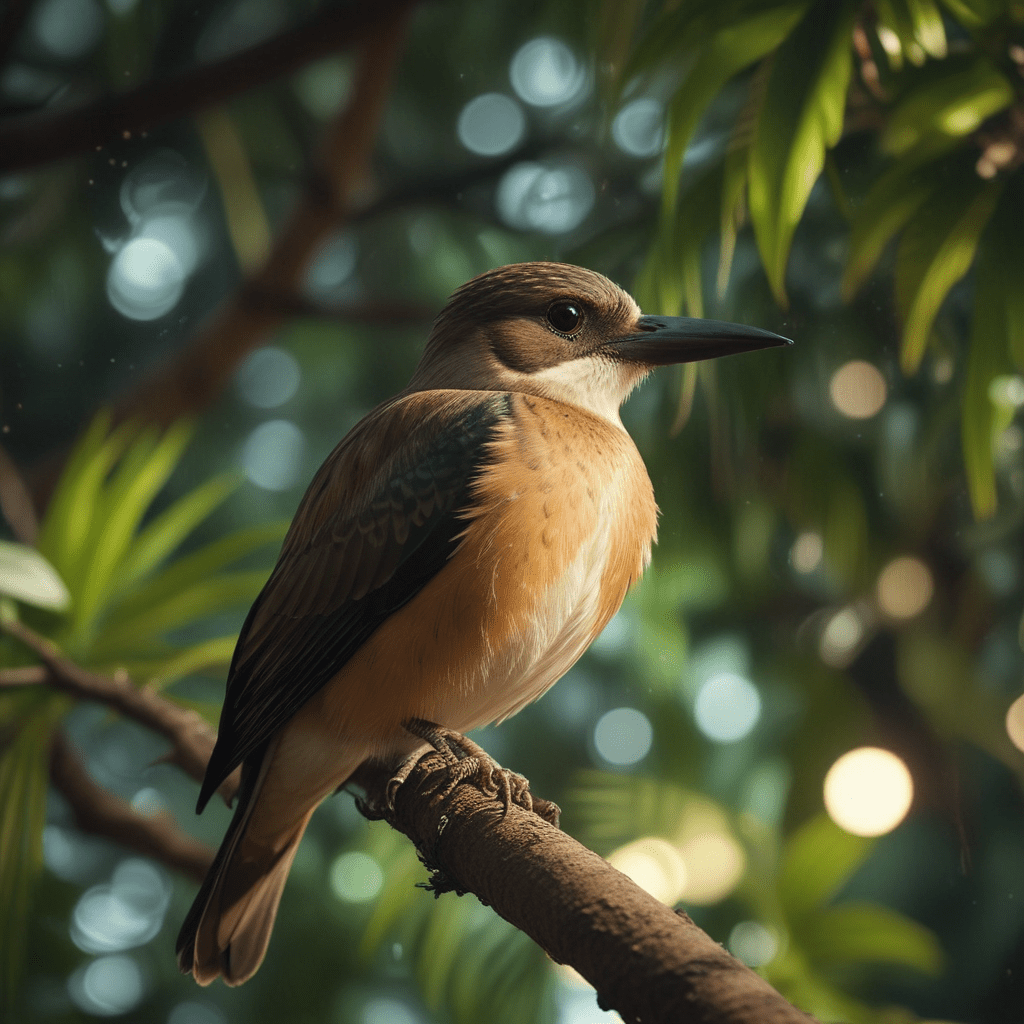The Bahamas: A Haven for Wildlife Enthusiasts
The Bahamas, an archipelago nation nestled in the sparkling turquoise waters of the Caribbean Sea, is a haven for wildlife enthusiasts. Its diverse landscapes, from pristine beaches to lush forests and vibrant coral reefs, offer a sanctuary to a myriad of creatures, making it a thrilling destination for travelers seeking unforgettable wildlife encounters.
Diverse Marine Ecosystem
The Bahamas' marine ecosystem is a kaleidoscope of underwater wonders. Its coral reefs, teeming with vibrant marine life, provide a sanctuary for over 500 species of fish, including colorful parrotfish, graceful angelfish, and majestic sea turtles. The shallow waters of the Exumas offer unparalleled opportunities for snorkeling and diving, allowing visitors to immerse themselves in this vibrant underwater realm.
Majestic Humpback Whales
From December to April, the Bahamas plays host to one of nature's most awe-inspiring spectacles: the migration of humpback whales. These gentle giants, measuring up to 50 feet in length, can be spotted frolicking in the warm waters of the Silver Bank, a vast underwater plateau located north of Grand Bahama Island. Visitors can embark on guided boat tours to witness these majestic creatures breaching, spyhopping, and engaging in captivating courtship displays.
Swim with Sharks
For those seeking an adrenaline rush, the Bahamas offers thrilling opportunities to encounter sharks. Bimini, a small island in the western Bahamas, is renowned for its "Shark Alley," where divers can interact with Caribbean reef sharks and nurse sharks in their natural habitat. These sharks are not known to be aggressive towards humans, providing a safe and exhilarating experience for underwater adventurers.
Birdwatcher's Paradise
The Bahamas is a haven for birdwatchers, with over 250 species residing in its diverse habitats. Inagua National Park, located on the southernmost island of Great Inagua, is a sanctuary for Caribbean flamingos, providing a breathtaking spectacle of pink-feathered flocks. Other notable birding destinations include Abaco National Park, home to the endangered Abaco parrot, and Grand Bahama Island, where visitors can spot the elusive Bahama nuthatch.
Reptilian Encounters
The Bahamas is home to a variety of reptilian species, including the endangered Bahamian rock iguana. Iguana Island, located just off the coast of Great Exuma, is a sanctuary dedicated to the protection of these unique creatures. Visitors can marvel at their prehistoric appearance and observe their territorial behaviors in their natural habitat. The Bahamas also boasts several species of snakes, including the harmless Bahamian boa constrictor and the venomous fer-de-lance, which should be admired from a safe distance.
National Parks and Protected Areas
The Bahamas has established a comprehensive network of national parks and protected areas to safeguard its precious wildlife. Abaco National Park, Exuma Cays Land and Sea Park, and Inagua National Park are just a few examples of these protected havens. These areas offer visitors opportunities to explore diverse ecosystems, from pristine beaches and mangrove forests to coral reefs and inland lakes, while ensuring the conservation of the Bahamas' rich biodiversity.
Responsible Tourism Practices
As a responsible wildlife enthusiast, it is crucial to prioritize sustainable tourism practices. Respect wildlife by observing them from a distance, avoiding any actions that may disturb or harm them. Use eco-friendly sunscreen to protect coral reefs and choose tour operators committed to responsible wildlife encounters. By adhering to these principles, visitors can enjoy the wonders of the Bahamas while contributing to the preservation of its wildlife for generations to come.
Conservation Efforts
The Bahamas has a strong commitment to wildlife conservation, with various organizations and initiatives working to protect its diverse species. The Bahamas National Trust, a non-profit organization, plays a pivotal role in managing national parks, advocating for conservation policies, and conducting research to ensure the long-term sustainability of the country's wildlife. By supporting these efforts, visitors can contribute to the conservation of the Bahamas' invaluable natural heritage.
Conclusion
The Bahamas is a captivating destination for wildlife enthusiasts, offering an abundance of opportunities to witness nature's wonders. From the majestic migrations of humpback whales to the vibrant marine ecosystems and diverse birdlife, the Bahamas provides a sanctuary for wildlife and an unforgettable experience for those seeking to connect with the natural world. By embracing responsible tourism practices and supporting conservation efforts, visitors can help ensure that the Bahamas remains a haven for wildlife for years to come.
FAQ
Q: When is the best time to visit the Bahamas for wildlife viewing?
A: The best time for wildlife viewing in the Bahamas varies depending on the species. For humpback whale watching, December to April is the ideal period. Birdwatching is excellent year-round, while May to October offers the best opportunities for diving and snorkeling.
Q: Are there any specific tours or activities recommended for wildlife enthusiasts?
A: Yes, there are numerous guided tours and activities available in the Bahamas tailored to wildlife enthusiasts. These include whale-watching expeditions, snorkeling and diving adventures, and birdwatching tours led by experienced guides.
Q: How can I ensure my tourism practices are responsible and sustainable?
A: To ensure responsible tourism practices, observe wildlife from a distance, use eco-friendly sunscreen, and choose tour operators committed to sustainability. Respect the natural habitats and avoid any actions that may harm or disturb the wildlife.

